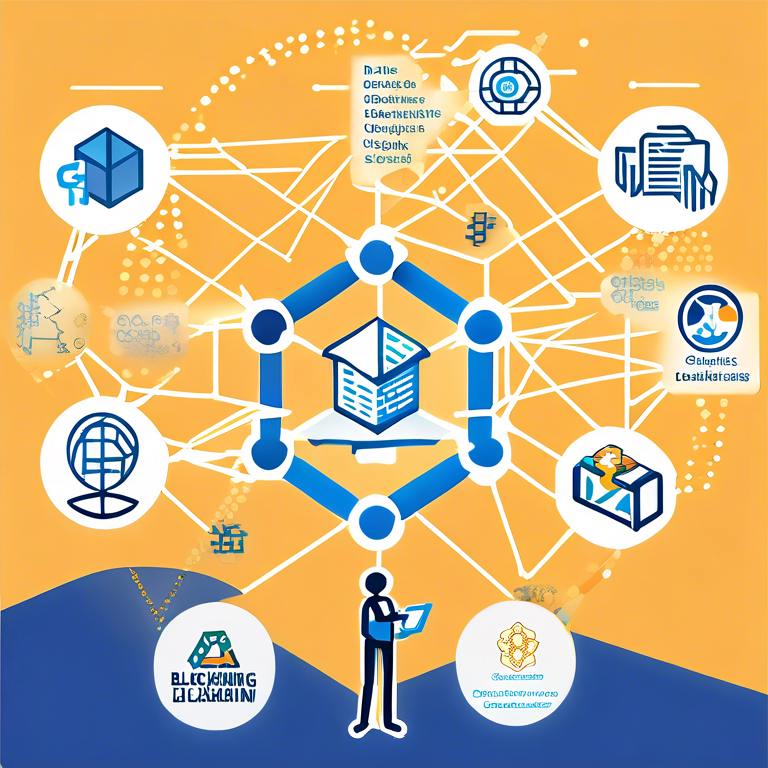In this article, we will explore the concept of nonprofit organizations that are leveraging blockchain technology to improve their operations, accountability, and transparency in charitable activities. We will delve into how these distributed ledger charities are transforming the landscape of philanthropy by offering innovative solutions for various social challenges.

Understanding Blockchain TechnologyExchange
Blockchain technology is a decentralized ledger system that allows for secure, transparent, and tamper-proof transactions. It enables users to record information in a way that is accessible to all participants but cannot be altered without unanimous consent. This property makes blockchain particularly useful for nonprofit organizations aiming to enhance trust and accountability among donors and recipients. By utilizing blockchain, charities can track donations in real time, ensuring that funds are used as intended.
The Impact of Blockchain on Nonprofits
Incorporating blockchain technology into nonprofit operations presents numerous benefits. Firstly, it helps in enhancing transparency. Donors can see exactly how their contributions are being utilized, thus building trust and encouraging more individuals to contribute. For example, certain platforms provide public addresses for donations, allowing transparent tracking of funds. Additionally, blockchain can reduce operational costs associated with fundraising processes by automating certain functions through smart contracts.
Secondly, blockchain aids in increasing efficiency. Traditional nonprofit organizations often face challenges in their supply chains and fund distribution processes due to bureaucratic inefficiencies. With blockchain, these processes can be streamlined, allowing for faster delivery of resources where they are needed most. This is particularly advantageous for disaster relief initiatives, where every second counts in providing aid.
Moreover, blockchain facilitates increased security. Unlike conventional systems, which can be susceptible to fraud and data breaches, blockchain’s cryptographic mechanisms secure sensitive information. This is especially crucial for nonprofits managing donor information and financial transactions, as a single breach can severely damage trust and credibility.
Examples of Blockchain Nonprofit Initiatives
Several nonprofit organizations are already making significant strides in integrating blockchain technology into their operations. One notable example is the World Wildlife Fund (WWF
), which has utilized blockchain to track the supply chain of products to ensure they are sourced sustainably. This initiative has increased accountability in their conservation efforts and allowed consumers to make informed choices about their purchases.
Another example is BitGive, a nonprofit organization that focuses on using Bitcoin and blockchain technology to facilitate charitable donations. BitGive provides a platform for charities to receive donations in cryptocurrency while offering transparency in how those funds are utilized, thus appealing to the growing number of cryptocurrency investors interested in philanthropy.
Additionally, Giveth is a donation platform built on blockchain that promotes transparency and accountability in charitable giving. It allows donors to directly fund specific projects and track the impact of their contributions, addressing the accountability issues often faced by traditional charities.
In conclusion, blockchain technology is rapidly transforming the nonprofit sector. By enhancing transparency, efficiency, and security, distributed ledger charities are setting new standards in philanthropic efforts. Nonprofits that embrace these innovations not only stand to improve their operations but also to foster greater trust and engagement from their supporters.